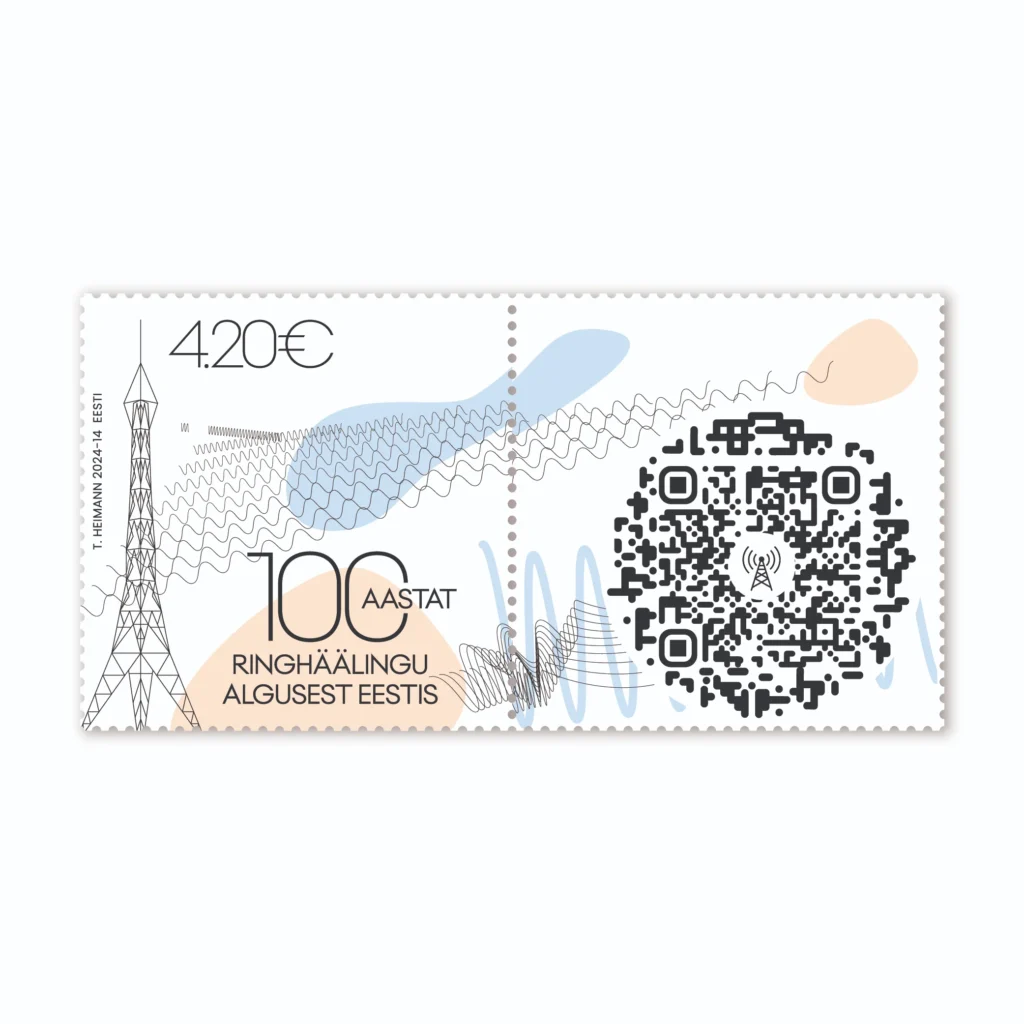On 11 May 1924, at 9.35 a.m., the first public radio test broadcast in Estonia – a concert of the mixed choir of Läänemaa Secondary School – aired from the transmitter of the Haapsalu postal office and long-wave telegraph station. The crew of the test broadcast included: E. Laurmann, G. Liidemann, E. Vidrikson, J. Velling, G. Punn. The broadcast was made using the transmitter of the Haapsalu postal telegraph station with a wavelength of 2,500 metres. The mast antenna of the transmitter was a 90-metre-tall guyed mast of steel construction which stood on support insulators. The broadcast was also heard in Tallinn, Vändra, and Pärnu.
Listen to Paul Sammet’s memories of the first radio show in Haapsalu and his performance with the school choir: https://arhiiv.err.ee/audio/vaata/mis-tehtud-mis-teoksil-mis-tehtud-mis-teoksil-50-aastat-raadiosaadete-algusest-eestis
On 1 November 1924, Raadio Ringhääling was founded as a private company. Regular radio broadcasting started two years later, in 1926.

